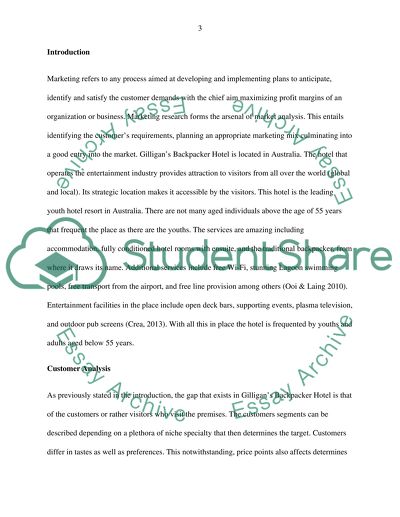Cite this document
(“Marketing Research Gilligans Backpacker Hotel Paper”, n.d.)
Retrieved from https://studentshare.org/marketing/1671594-marketing-research-gilligans-backpacker-hotel
Retrieved from https://studentshare.org/marketing/1671594-marketing-research-gilligans-backpacker-hotel
(Marketing Research Gilligans Backpacker Hotel Paper)
https://studentshare.org/marketing/1671594-marketing-research-gilligans-backpacker-hotel.
https://studentshare.org/marketing/1671594-marketing-research-gilligans-backpacker-hotel.
“Marketing Research Gilligans Backpacker Hotel Paper”, n.d. https://studentshare.org/marketing/1671594-marketing-research-gilligans-backpacker-hotel.


